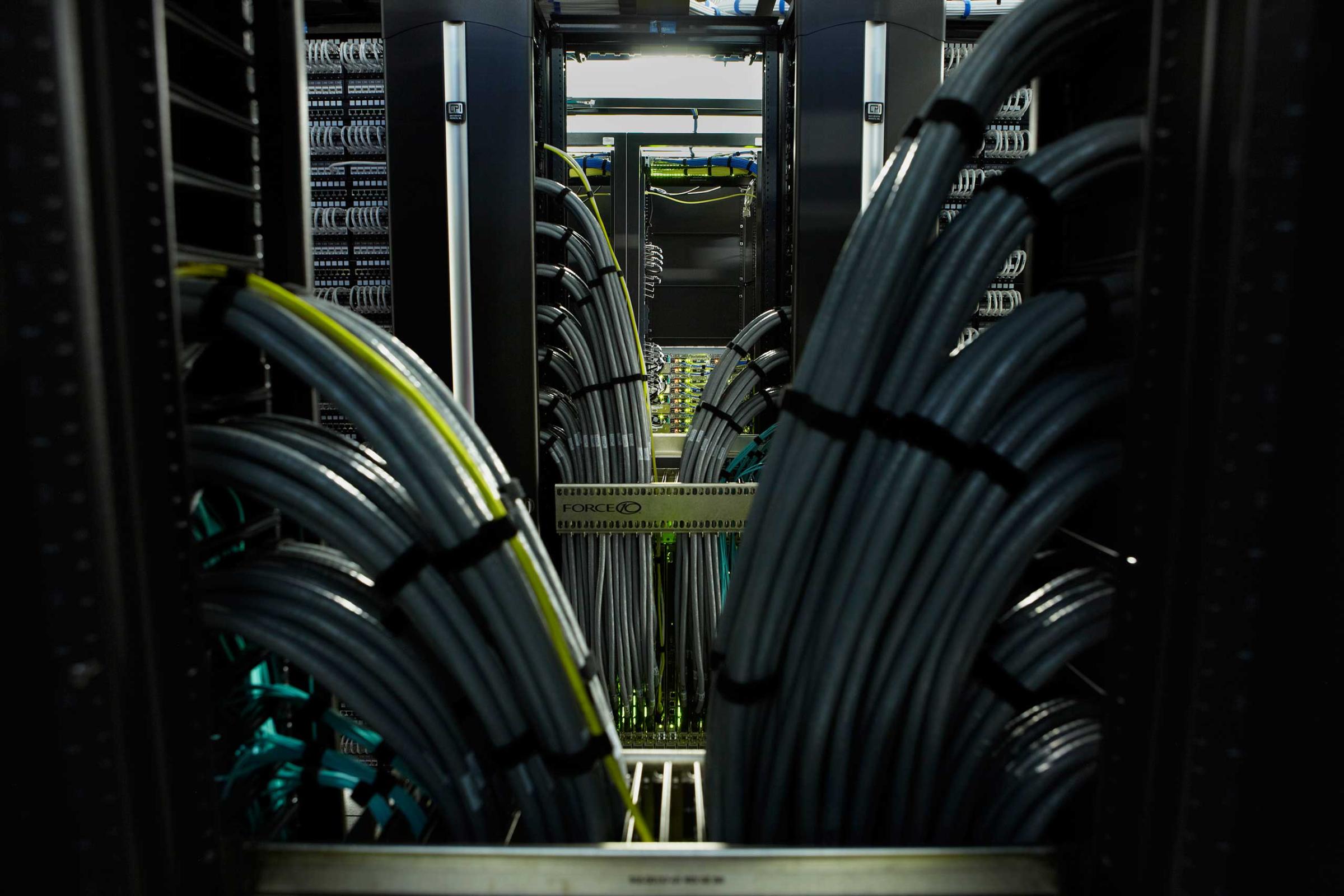Amid a tide of negative press, Facebook CEO Mark Zuckerberg turned to a well-worn tactic Wednesday to quell mounting allegations of bias: a carefully stage-managed rendezvous with conservative elites, replete with the charms of a Menlo Park tour and virtual-reality demo.
It was the wrong move.
The plan for the highly anticipated meeting was a page straight from the playbook of an experienced political hand. It’s a step usually set in motion after a high-profile stumble, when a candidate seeks what are known in political parlance as validators: individuals like Glenn Beck or Rev. Al Sharpton, who are sufficiently famous to signal to a specific voting bloc that, yes, you have indeed met with their community leaders and made amends.
In politics, these mutually beneficial overtures are hard to turn down. They serve to stroke the egos of the courted validators and lift their stature, while neatly offering to the media the requisite set pieces and handshake visuals that reporters use to begin writing the narrative of reconciliation.
But Facebook is not a political candidate, and in hindsight Wednesday’s meeting is likely to be marked as a misstep—a poor decision at the center of Facebook’s botched crisis communications strategy in response to the Trending Topics controversy.
That’s because it’s a move that cuts decidedly against the democratizing, user-centered values that underpin Facebook’s brand, and looks instead like a symptom of one of the most disruptive tech companies in the world starting to mimic the interest group entanglement of traditional corporations. The urgency that Facebook bestowed on its meeting risks setting a dangerous precedent for how the company will respond to mere allegations of bias in the future. And it was a missed opportunity to broadcast Facebook’s stated mission of giving everyone a voice.
If you are a politician who lives and dies by the endorsement, or a corporation preserving the support of a fragile coalition of stakeholders, then yes—you should undoubtedly engage in the tried and true performance art of highly visible meetings with prominent “gatekeepers” to a given constituency.
But if you are a social-media platform whose animating purpose is to empower citizens to communicate how they want and consume what they want—that we no longer need to live in the world of gatekeepers—then no, it does not make sense for you to respond to concerns about Trending Topics by artificially reenacting the old power structures that your platform has upended.
A Glimpse Inside A Facebook Server Farm








Instead of announcing in his first words on the Trending Topics allegations that he would hold a closed-door meeting with Beck, Tucker Carlson and other conservative leaders, Zuckerberg should have live-streamed a focus group with randomly selected, ideologically conservative Facebook users from across the country. On Facebook Live, Zuckerberg could have reached tens of millions of concurrent viewers and delivered the same “technical” presentation on Trending Topics that was given at the meeting Wednesday. He could have asked the panel how Facebook can better serve their needs, soliciting their ideas on what features or content they would like to see more of.
Anchoring Facebook’s response to this controversy to a conversation with everyday conservatives on Facebook Live would have amplified core tenets of the company’s brand, elevating its trust among the public and reinforcing that Facebook’s true, unwavering commitment lies with the user and increasing engagement on the platform.
Facebook’s users intuitively understand and accept that its goal is ultimately to get you to spend more time on Facebook. But they don’t want to be misled. Facebook should have released the details of the Trending Topics document the minute that the Gizmodo story was published and wielded statistics on how Facebook’s broader changes to the News Feed in recent years have led to more time spent on the platform. It should have highlighted the extent to which conservative groups and content are genuinely thriving on Facebook, and resolved to be more transparent on how both the News Feed and Trending Topics work.
The thread that runs through all of these tactics is an elevation of the user: telling a story about how important conservative users are with the focus group, showing through statistics how edits to the algorithm have deepened user engagement, and emphasizing that conservatives can find a home on Facebook by spotlighting the success of conservative content.
It matters what Facebook’s users think. It matters less what individual conservative leaders happen to think, many of whom rely on the platform to reach their audience and will see their own popularity ebb and flow.
Unlike almost any other corporation or candidate that came before it, Facebook has the power to bypass conservative leaders and speak directly to its users. But by reversing this dynamic, and asking for the approval of prominent conservative pundits, Facebook lost sight of its own potential and left itself vulnerable.
By connecting directly with hundreds of millions of users, Facebook helped disrupt the media industry. Why would it miss a chance to connect directly with hundreds of millions of users to disrupt the political playbook as well?
More Must-Reads from TIME
- Caitlin Clark Is TIME's 2024 Athlete of the Year
- Where Trump 2.0 Will Differ From 1.0
- Is Intermittent Fasting Good or Bad for You?
- The 100 Must-Read Books of 2024
- Column: If Optimism Feels Ridiculous Now, Try Hope
- The Future of Climate Action Is Trade Policy
- FX’s Say Nothing Is the Must-Watch Political Thriller of 2024
- Merle Bombardieri Is Helping People Make the Baby Decision
Contact us at letters@time.com